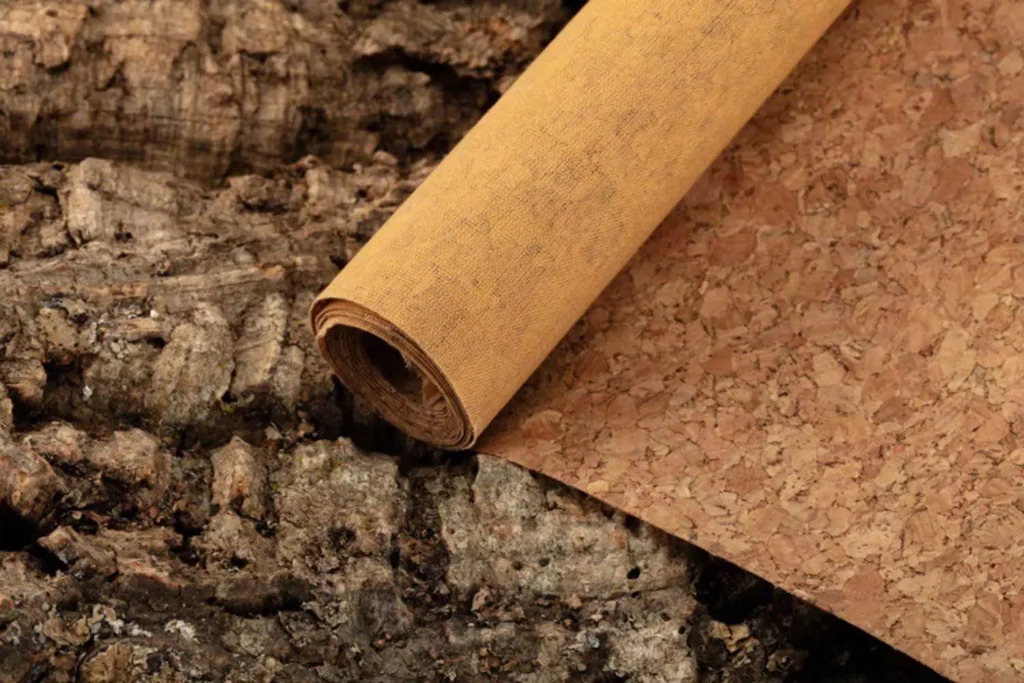
The trend of fashion fabrics has been inseparable from sustainable environmental protection, and “sustainable environmental protection” has become a mainstream topic in the industry, using eco-friendly fabrics in fashion design and supporting environmental protection with practical actions. For the consideration of environmental protection. In the future, the use of natural raw materials will be the main focus, and in 2022, we will jointly promote the development of green and sustainable environmental protection fabrics to make products more environmentally friendly, practical, and ornamental.
Sustainable fashion has gradually become the mainstream culture, and more and more fashion consumers are losing interest in clothes with opaque sources and rough workmanship, and are seeking ethical, wearable and distinctive clothing and accessories. In this context, the fashion industry is under tremendous pressure to seek new alternative textile materials that are more environmentally sustainable.
How many of these different new eco-friendly fabrics do you know about?
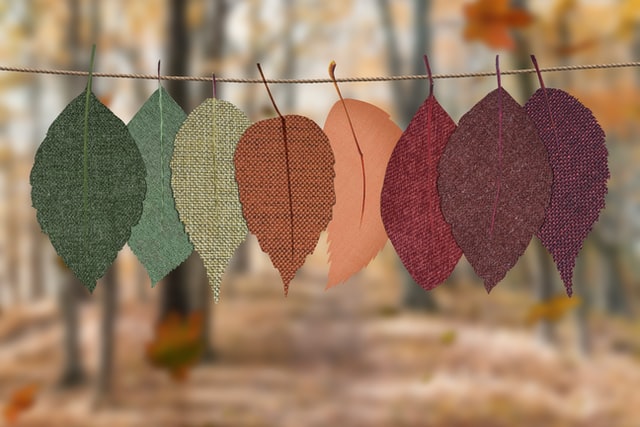
Soy protein fiber is known as the healthy, comfortable and green fiber of the new century. Its main raw material is soy protein, which is large in quantity and low in price and is conducive to resource recovery and redevelopment. Soy protein fiber has both the superiority of natural fiber and the physical properties of synthetic fiber. In a sense, soy fabric is potential material for high-grade clothing in the textile industry.
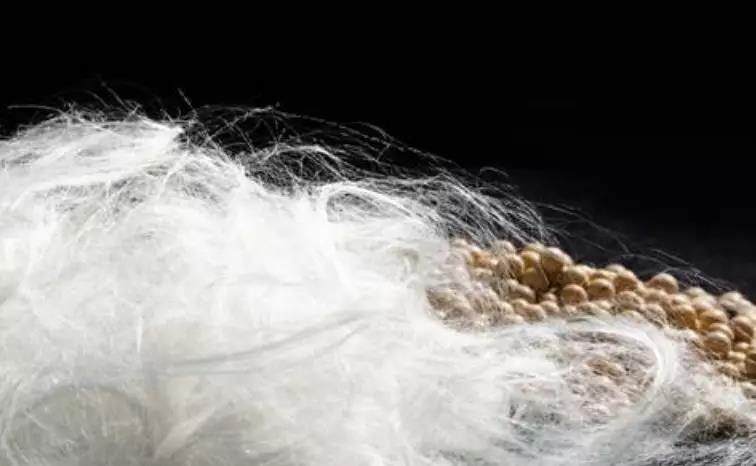
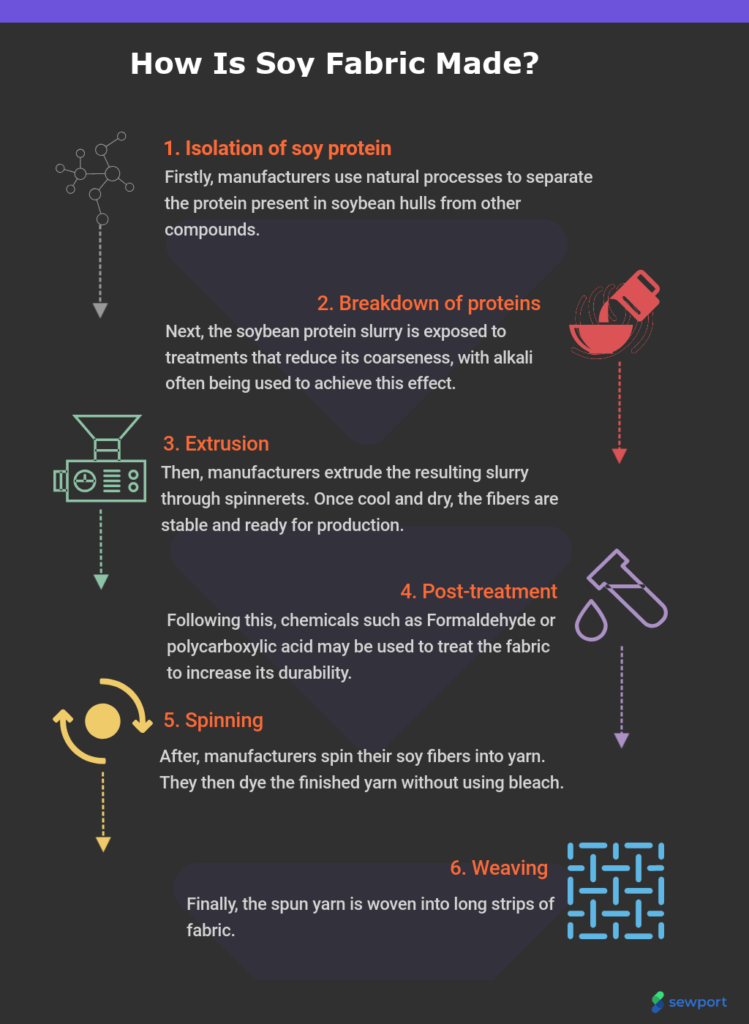
The fabric woven with soy protein fiber has excellent performance: the appearance looks beautiful, silk-like luster, and excellent drapability, giving people a sense of floating, good dyeing performance, bright colors. It is soft and smooth to the touch, has excellent affinity with the skin, contains a variety of amino acids and other trace elements beneficial to the human body, nourishing the human skin.
Because soy fiber contains isoflavones, oligosaccharides, saponins and other components, can effectively inhibit the growth of bacteria. Soy fiber can also produce far-red waves to promote capillary microcirculation in the skin, while releasing negative oxygen ions.
Under regular washing, there is no need to worry about fabric shrinkage, and the wrinkle resistance is excellent. Soy protein fiber fabrics are made from soybeans, and finally they can be degraded in the soil and returned to nature.
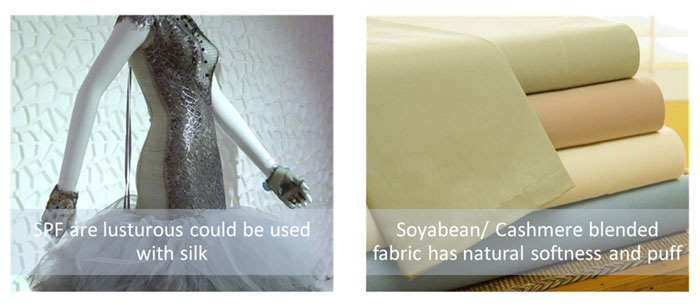
Algae fiber is called the industry’s “third fiber”. There are two main sources of traditional textile fibers, one is synthetic fibers based on petrochemicals, the other is natural fibers (cotton, linen, wool, silk, etc.) and land-based bio-renewable fibers (mainly wood and bamboo as raw materials). Seaweed fiber, as a new type of biodegradable regenerative fiber, is a fiber made from alginate isolated from some natural seaweed plants in the ocean (such as kelp and seaweed), and its products have good natural antibacterial, moisture wicking, flame retardant and fire retardant and other excellent characteristics.
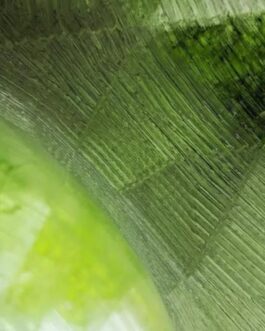
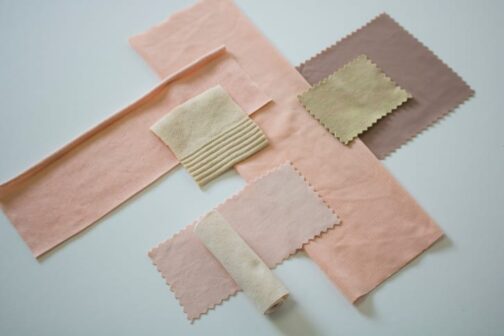
Israeli startup Algaeing is using algae to create a biodegradable, non-toxic and low-energy textile. Its algae formula can be used to create natural fibers and dyes that use less water than conventional products and produce zero waste and pollution. According to one WWF estimate, it takes up to 2,700 liters of fresh water to produce the cotton for an average T-shirt – the equivalent of two years of drinking water for one person. But Algaeing says algae fibers can reduce water use by 80 percent.

Corn Fiber Corn Fiber is also known as polylactic acid fiber that is PLA fiber, PLA fiber is corn, wheat and other starch as raw materials, fermentation into lactic acid and then polymerization, spinning and made of synthetic fibers. It belongs to the completion of the natural cycle type, with biodegradable fiber. The fiber does not use chemical materials such as petroleum at all, and its waste can be decomposed into carbon dioxide and water under the action of microorganisms in the soil and seawater, which will not pollute the global environment. Since the initial raw material of this fiber is starch, its regeneration cycle is short, about one to two years, and the carbon dioxide produced by it can be reduced in the atmosphere by plant photosynthesis. When burning PLA fiber, there is almost no nitric oxide, and its heat of combustion is about one-third of that of polyethylene and polypropylene.
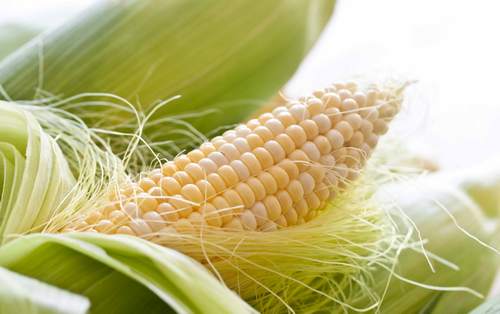
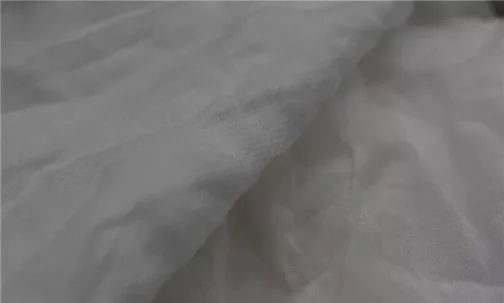
Corn fiber has antibacterial and UV resistance: bacteria rate is greater than 98%, bacteria can not breed and reproduce on corn fiber, and has excellent mite repellent and mite inhibiting effect.
Corn fiber has very low moisture absorption performance, the equilibrium moisture content is only 0.4-0.6%, excellent moisture absorption and perspiration function is 8 times that of polyester fiber. Corn fiber comes from natural plants and is weakly acidic, with good biocompatibility, especially for allergic constitution.
Environmentally friendly: corn fiber produces only carbon dioxide and water when burned, and products made from corn fiber can degrade naturally in soil and seawater.
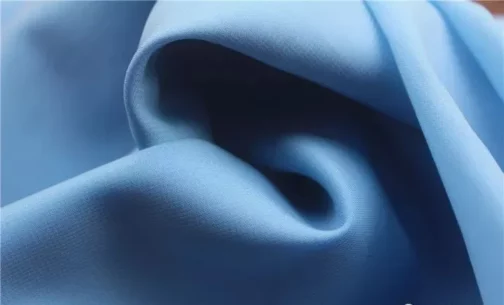
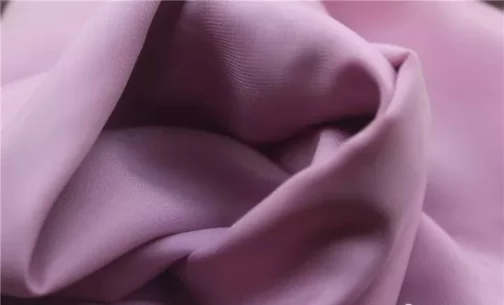
Singtex, a Taiwanese company, has successfully developed a new eco-friendly product using fibers made from coffee grounds.Singtex successfully invented S.Cafe eco-friendly coffee yarn in 2008, made from plastic bottles and coffee grounds, this green high-tech yarn is eco-friendly, deodorized, fast drying, UV resistant and has many different applications. The overall lifecycle of the coffee industry is enhanced by making the waste more valuable and its manufacturing process involves the use of chemicals that are essentially non-toxic, so they do not harm the environment. The new products are manufactured without the use of hazardous chemicals. Coffee grounds fibers are eco-friendly textiles because the fibers are 100% biodegradable and have no impact on the environment.
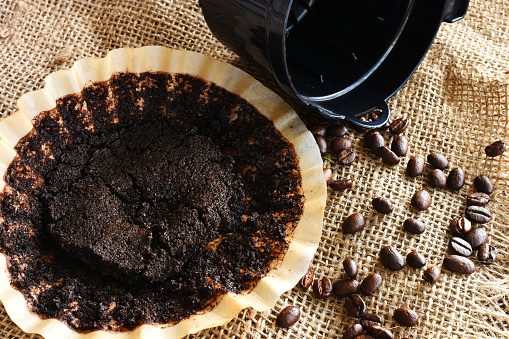
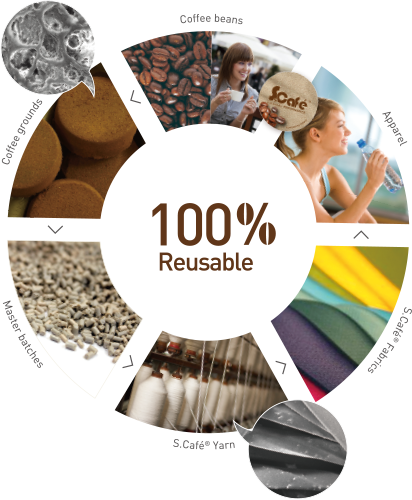
Since coffee fiber offers 200% faster drying capacity, it can be used in the manufacture of sports cloths. The eco-friendly fabric can be easily cleaned without any detergent. Roasted coffee has natural deodorizing properties, so fabrics made from coffee yarns have great applications in sportswear. It is designed to absorb sweat. Besides, coffee fiber dries faster and can act as UV protection.
In addition to pure coffee grounds fiber, HZCork launched a coffee powder and cork can be composed of new products – coffee cork fabric, while having the advantages of coffee grounds fiber and cork.
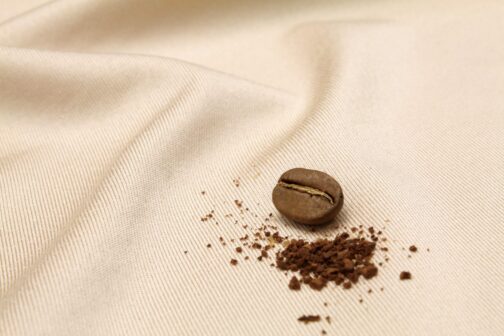
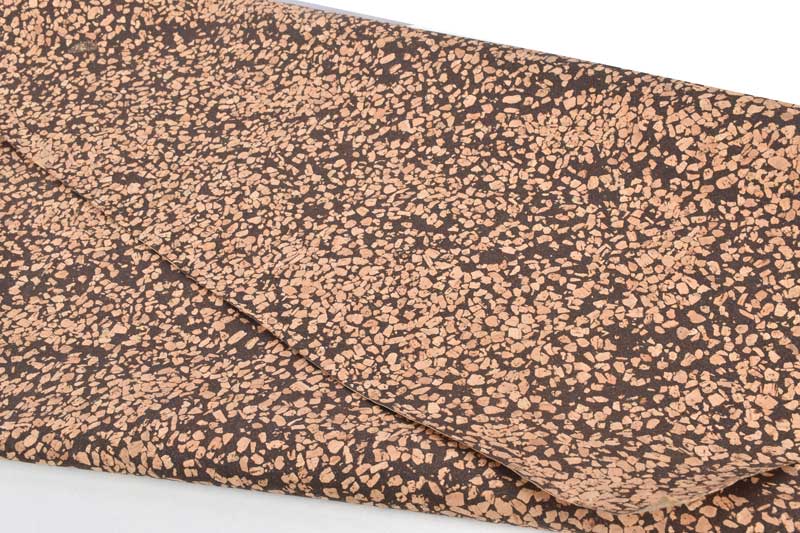
Tencel is a sustainable fabric owned by the Australian company Lenzing AG. It was first developed in 1972. There are two types of Tencel: Tencel lyocell और Tencel modal.
Tencel is made from trees in nature and is a synthetic fiber made from 100% natural wood pulp extracted from eucalyptus trees.
Lenzing AG produces Tencel from eucalyptus forests that are managed by artificial cultivation, on poor land where no other crops can be grown, in a well-planned and orderly manner, ensuring the sustainable use of raw materials and no ecological damage.
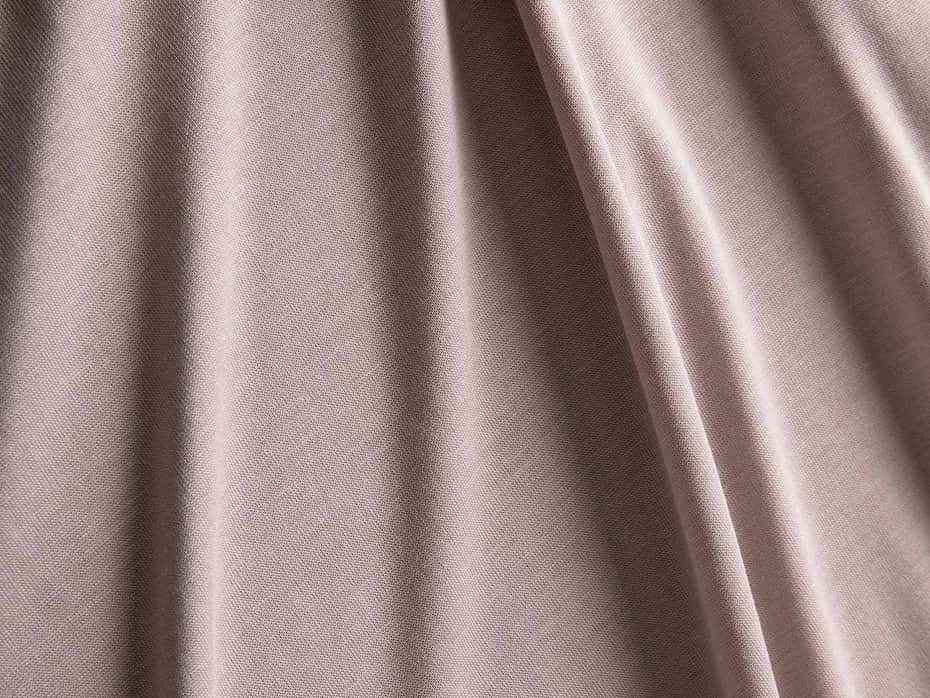
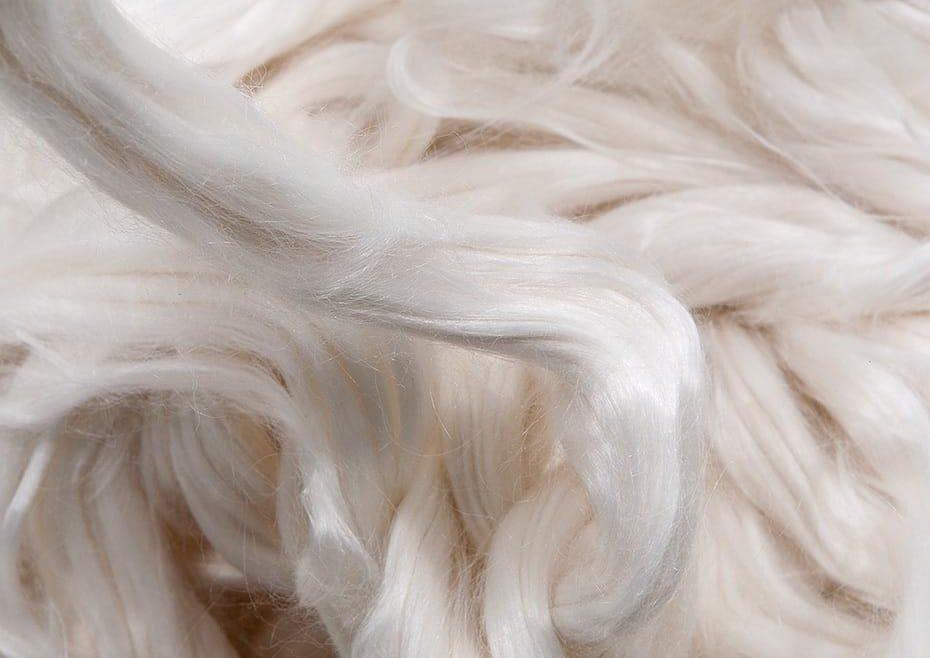
Tencel fabrics make pulp from eucalyptus wood and dissolve the spun silk in a closed production method in an ammonium oxide solvent. This is a purely physical process where the ammonium oxide solvent can be recycled and the process is environmentally friendly with no waste water emissions. Tencel and its products are biodegradable after burial, generating water and carbon dioxide to return to nature, without causing pollution to the environment. Therefore, Tencel fabric is a well-deserved environmental protection fabric.
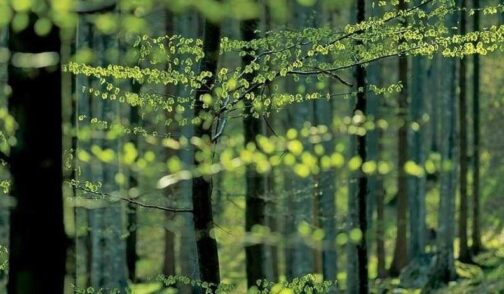
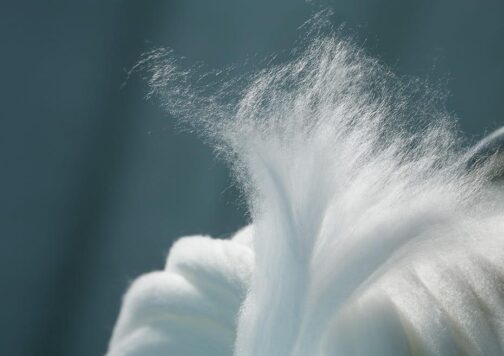
Because it is made of natural cellulose, it is green and degradable; it is more excellent in moisture absorption and breathability than other chemical fibers and natural fibers; it is cool to the touch and has better thermal conductivity than other fibers, almost the same as silk; the material is silky and smooth, the drape of the fabric is good, and it can be blended with other cotton, linen, wool and silk to form a fabric with the characteristics of various fibers that make up the fabric at the same time.
At present, Tencel is widely used in the global high-end textile industry chain, Zara, NIKE and other internationally renowned brands are fans of “green fiber materials”.
Organic cotton is one of the important components of sustainable agriculture. Ecological protection, human health development and green natural ecological clothing has great significance. Organic cotton is natural farming, planting the process does not use chemical fertilizers and pesticides and other chemicals, 100% natural ecological growth environment, from seed to harvest, all natural non-polluting production, even the color is natural, and no chemical residues in organic cotton, so it does not induce allergies, asthma or atopic dermatitis
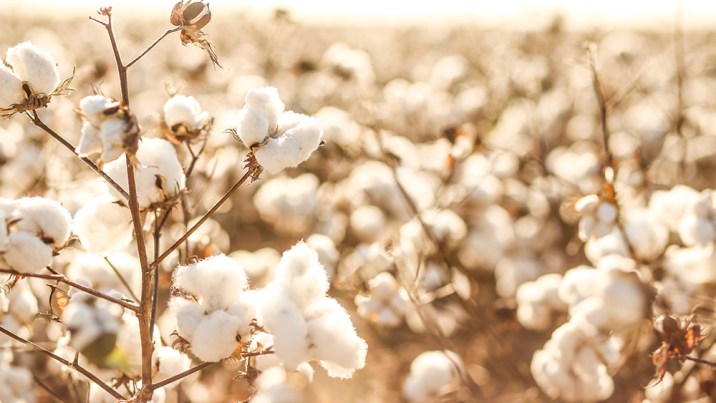
From an ecological point of view, organic cotton cultivation consumes 62% less energy and 88% less water than conventional cotton.
Organic cotton woven fabric luster and bright, soft feel, excellent bounce, drape, wear resistance; has a unique antibacterial, anti-odor performance; relieve allergy symptoms, reduce the symptoms of skin discomfort caused by normal fabrics.
Natural color is a cotton fiber with natural color of the new cotton, is the cotton fiber maturity itself with brown, green and other color cotton collectively, its color is the cotton fiber in the cavity cells in the process of differentiation and development of pigment material deposition results.
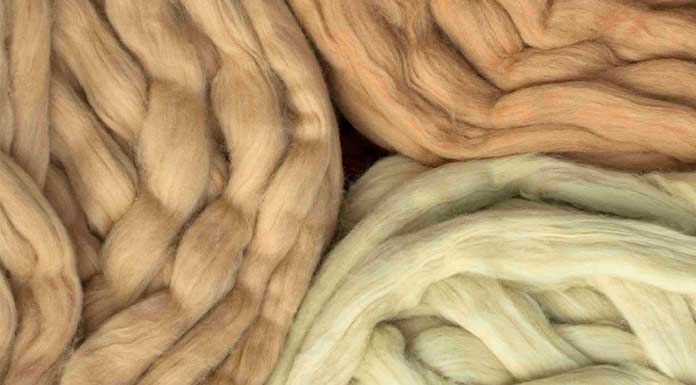
Natural color cotton is the use of modern bioengineering technology to cultivate a new textile material with natural color when the cotton spit fiber, compared with ordinary cotton has a soft and breathable, elastic, comfortable to wear, so it is also known as a higher level of ecological cotton. Compared with white cotton, colored cotton products are beneficial to human health; in the textile process to reduce the printing and dyeing process; catering to the human proposed “green revolution” slogan, reducing the pollution of the environment; conducive to the country to continue to maintain the status of textile exporting countries, breaking the international “green trade barriers”. Internationally known as zero pollution
Bamboo fiber yarn raw material selection of bamboo as raw material, the use of bamboo pulp fiber production of staple fiber yarn, is a green product. Bamboo can grow up to 3 feet tall overnight, can grow and renew quickly, and can be used sustainably. To a large extent, it can alleviate the shortage of wood and cotton resources. Bamboo fiber textiles are made of biodegradable material, which can be completely degraded in the soil by microorganisms and sunlight, and this decomposition process does not cause any environmental pollution.
Knitted fabrics and garments made of cotton yarn made of bamboo fiber have a unique style obviously different from cotton and wood type cellulose fiber: abrasion resistance, no pilling, high moisture absorption, fast-drying, high breathability, drapability are good, feel smooth and plump, such as silk soft, anti-mildew, anti-moth, antibacterial, cool and comfortable to wear with the effect of beauty and skincare. Excellent dyeing performance, bright luster, and good natural antibacterial effect and environmental protection, in line with the modern trend of the pursuit of health and comfort.
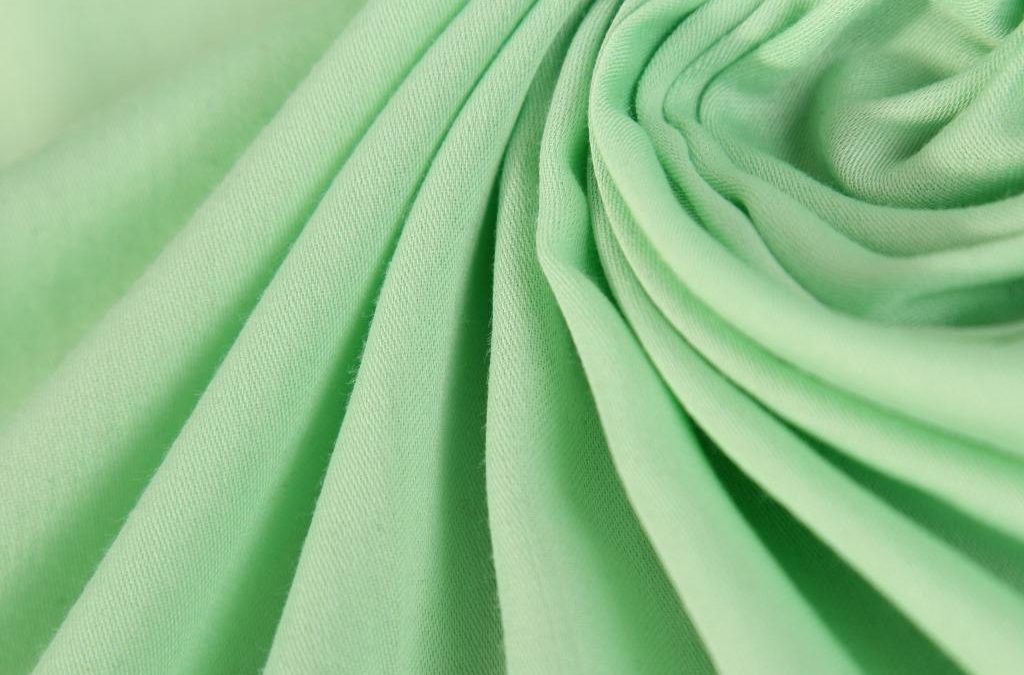
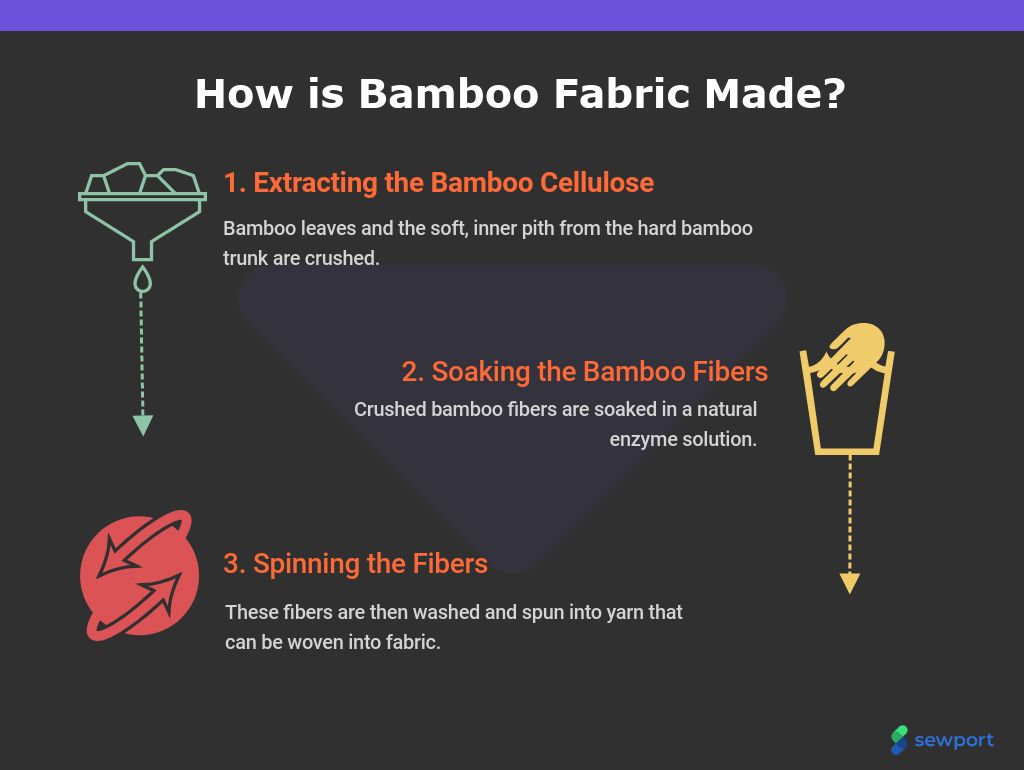
Of course, bamboo fiber fabric also has some shortcomings, this plant fabric to be more delicate than other ordinary fabrics, damage rate to be higher, shrinkage rate is also more difficult to control. In order to overcome these defects, bamboo fiber is usually blended with some common fibers. Bamboo fiber and other kinds of fibers for a specific proportion of blending can reflect the performance of other fibers and can give full play to the characteristics of bamboo fiber, to bring new characteristics of knitted fabrics. Pure spinning, blended yarn (with Tencel, modal, wicking polyester, negative oxygen ion polyester, corn fiber, cotton, acrylic and other fibers for different kinds of different ratios of blending), is the preferred fabric for knitted intimate textiles.
“Queen of natural fibers” – linen is not only a pure natural green fiber, but also a highly efficient, environmentally friendly, recycled natural fibers. She is nature’s precious renewable resources, as a human sustainable use of environmentally friendly raw materials, and she is known for low energy consumption in sustainable production, linen requires minimal water and pesticides, and can even grow in poor quality soil. All linen products can be recycled, this rare “zero waste” quality has become the most significant ecological advantages of linen fiber, as the best textile raw materials woven into natural linen is a full reflection of people’s respect for the earth and its renewable resources.
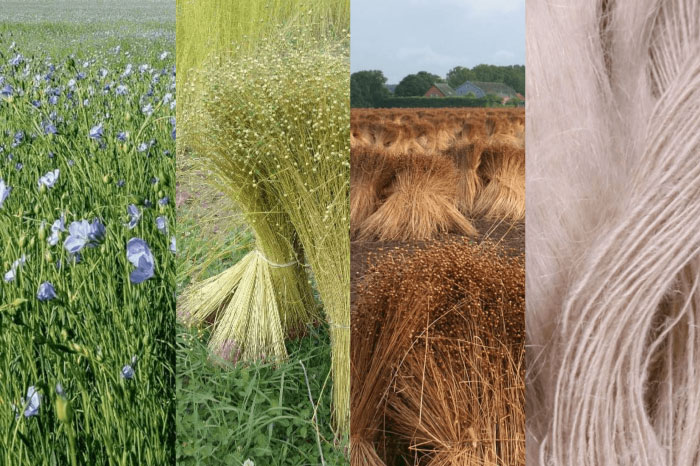
European Federation of Linen and Hemp and Federations President Frédéric Ducci has said: “The hope of the world’s linen industry in China. China in the linen industry can create a new market, not only to increase the world’s consumption of linen, but also to make the noble linen products to play a greater role in meeting consumer demand. I believe China is strong enough to create enough added value to take the linen industry to the next level.”
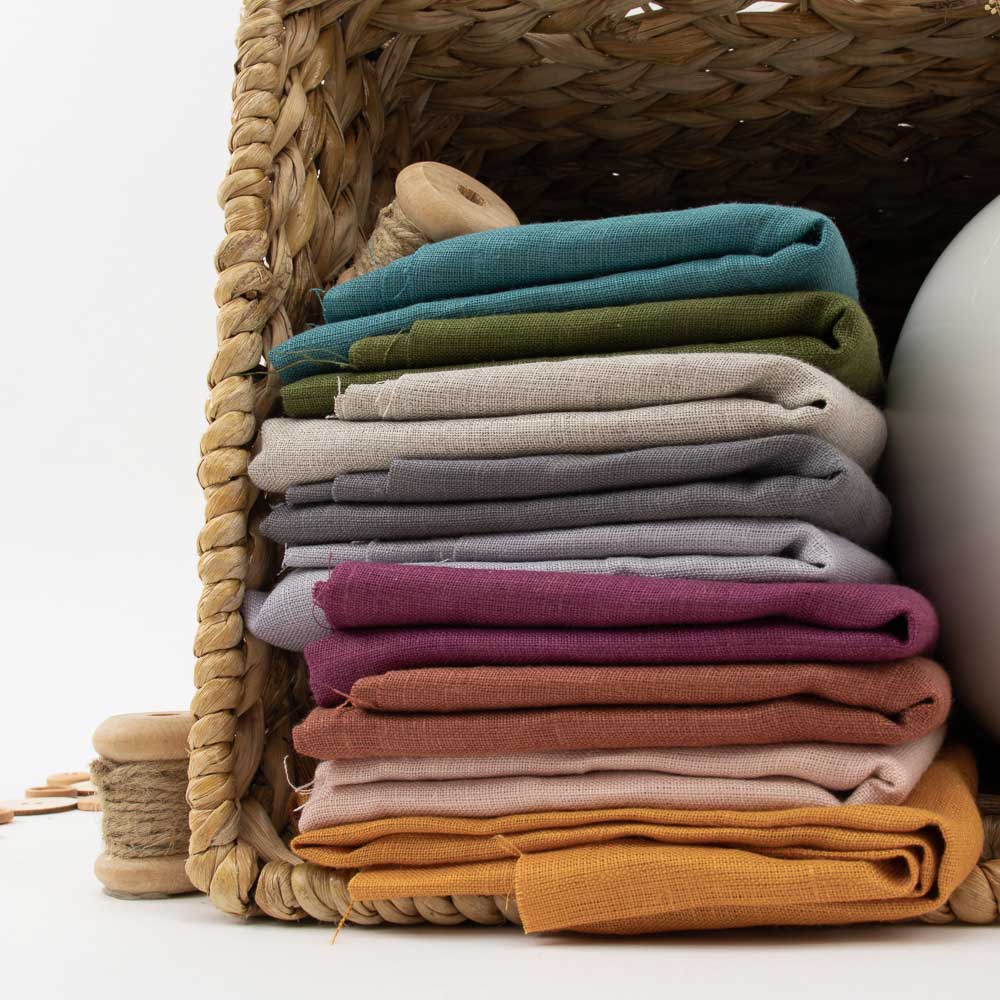
Cork is the bark of cork oak, done without harming the tree itself, because the outer bark can regenerate itself, is the original material of pure nature. Cork fabric not only the product itself is pollution-free, and because the raw material of cork is regenerative, each tree can only be peeled once in 9 years, so there is no destructive to forest resources. And cork also has a natural unique texture, cork also has a compressible, elastic, impermeable, water, moisture, shock absorption, sound insulation and other functions.
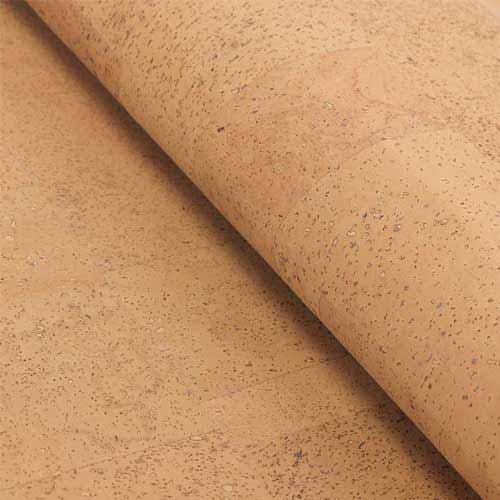
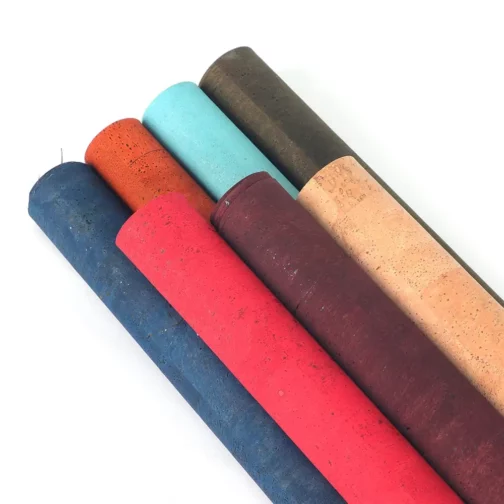
Cork fabric has flexibility, can be bent at will, but also in the surface sanding after waxing, coloring, spraying oil paint, branding, hot pattern; applicable in household goods such as: bags, shoes, leather bags, gift boxes, handicrafts, household goods packaging, etc.. Make the crafting of everyday items natural, rustic, rugged beauty of nature. With ornamental value and treasured value.
Natural cork fabric has good water resistance, scrub resistance, oil resistance, dirt resistance, and wear resistance. Cork is a pure natural green decorative material. The products are exquisite craftsmanship, antique and elegant, beautiful and natural, strong durability, hard to dissolve, moisture-proof and non-corrosive, heat insulation, anti-static, anti-radiation, non-toxic and tasteless, fire retardant and fireproof, sound insulation, a high-grade decorative material.
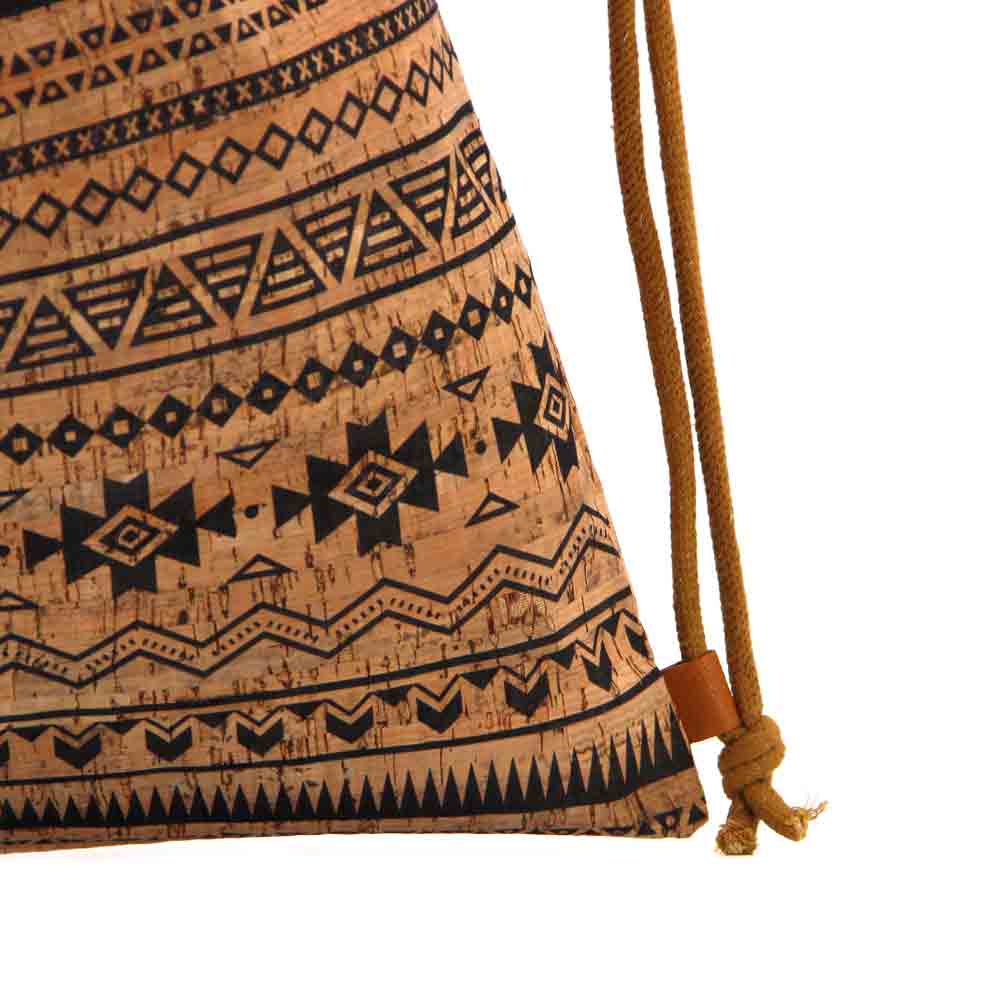
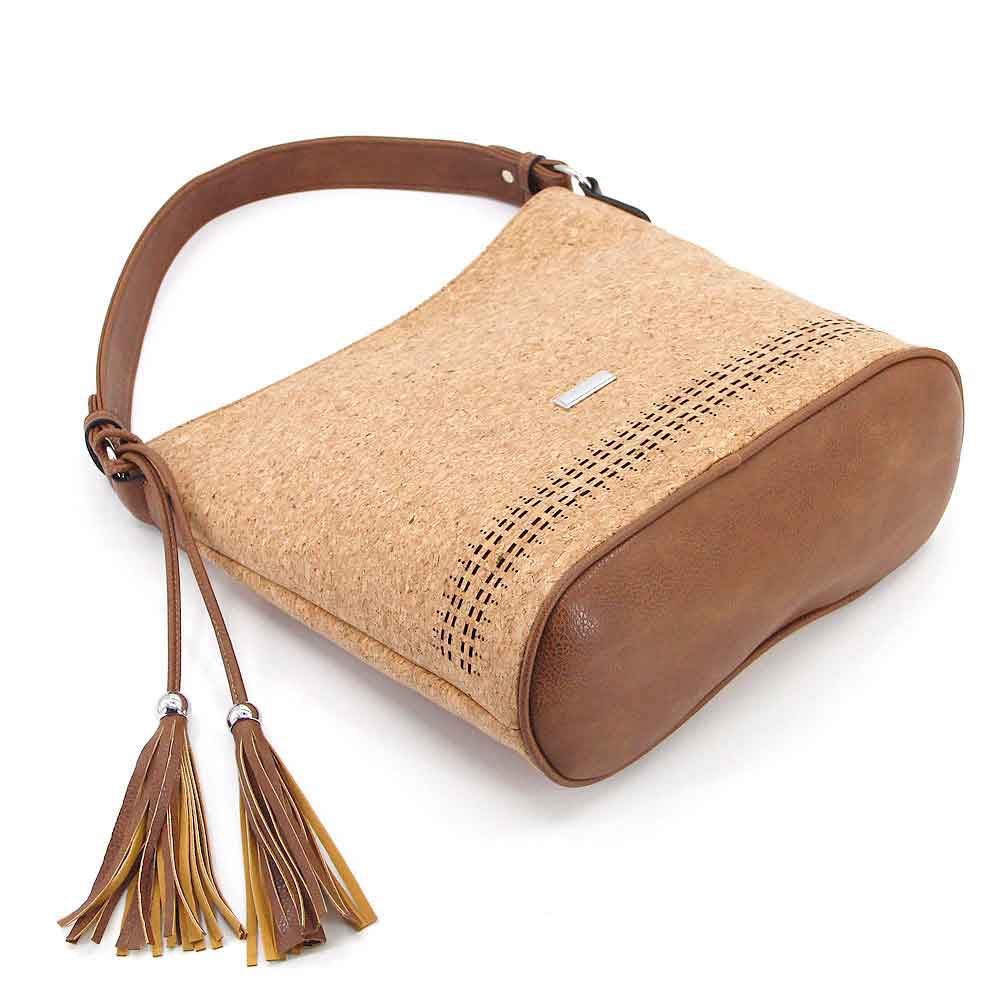
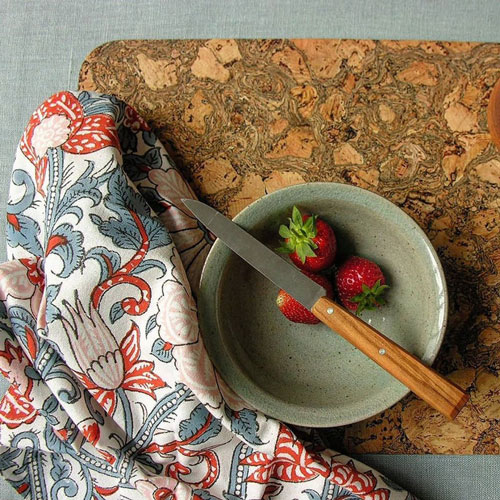
Some data show that the annual waste of water, oil consumption and air pollution in the production of textile fabrics are quite serious. In addition, half of the growing waste plastics on earth are non-degradable materials, causing great damage to the ocean as well as the ecological environment. It is imperative to promote “green” circular design in the fashion industry. The so-called circular design means that the resources in the design process can be constantly reused in different forms, instead of being wasted, so as to achieve a closed chain of reuse and recycling. Although fashion circular design is still in its infancy, the road to “green” innovation will be dominated by investing in new environmentally sustainable fabrics of the future through the use of recycling systems.

आपका समय बचाने के लिए, हमने सभी उत्पाद कैटलॉग के पीडीएफ संस्करण भी तैयार किए हैं
पीडीएफ के रूप में सभी उत्पादों को डाउनलोड करें
पीडीएफ के रूप में सभी उत्पादों को डाउनलोड करें
आपका समय बचाने के लिए, हमने सभी उत्पाद कैटलॉग के पीडीएफ संस्करण भी तैयार किए हैं, केवल अपना ईमेल छोड़ें और आपको तुरंत डाउनलोड लिंक मिल जाएगा।
कॉर्क कपड़े के बारे में एक मुफ्त उद्धरण और अधिक विशेषज्ञता प्राप्त करने के लिए हमसे संपर्क करें। आपकी परियोजना को HZCORK के साथ सही समाधान मिलेगा।
